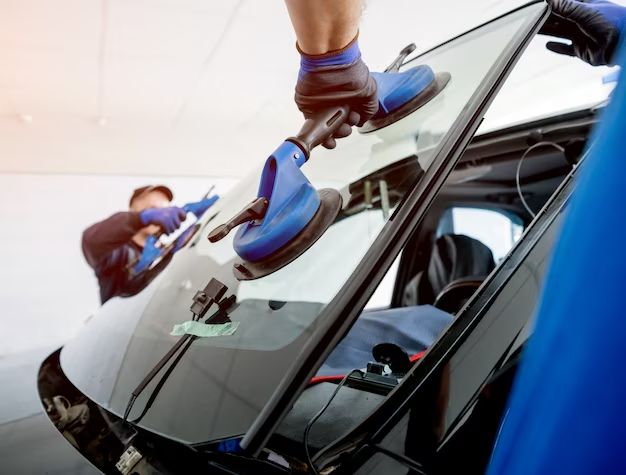Replacing a windshield washer fluid squirter is a straightforward DIY project for most car owners. The washer fluid squirts out from small nozzles mounted under the hood and aimed at the windshield. If the spray pattern becomes weak or shoots in the wrong direction, the cause is likely a clogged or broken washer nozzle.
Page Contents
When to Replace Windshield Squirters
There are a few signs that indicate it’s time to replace the windshield washer squirters:
- Weak spray or reduced coverage of windshield
- Nozzle is spraying in the wrong direction
- Nozzle is cracked or broken
- Washer fluid leaks around the nozzle mounting
Ignoring faulty or clogged nozzles can make it difficult to clear dirt and grime from your windshield while driving. Replacing them restores proper spray pattern and coverage to keep your view unobstructed.
Windshield Squirter Design
Windshield washers consist of:
- Nozzle assembly – mounts to the vehicle and aims spray at windshield
- Tube/hose – carries fluid from the reservoir to nozzle
- Wiring – provides power to the pump
- Pump – pressurizes fluid for spray
- Reservoir – holds washer fluid
The nozzle is the part that actually sprays the windshield. On most vehicles, the nozzles mount under the hood near the base of the windshield. Typical configurations are:
- 1 nozzle in center
- 2 nozzles near corners on passenger side
- 1 nozzle per side
Nozzle Designs
Common nozzle designs include:
- Plastic nozzle assembly – Low cost plastic nozzle housing with jet insert. Jet is removable for cleaning.
- Metal jet nozzle – Brass or stainless steel nozzle body with jet. May include plastic mounting bracket.
- Fan spray nozzle – Plastic nozzle with spray hole slit to produce wide fan pattern.
How to Replace Windshield Washers
Replacing the windshield washer nozzles involves removing the old nozzles, installing new ones, and testing spray pattern. Follow these steps:
Materials Needed
- Replacement nozzles matched to your vehicle
- Screwdriver
- Adjustable wrench
- Rag or paper towels
Step 1: Locate the Nozzles
Open the hood and locate the windshield washer nozzles near the base of the windshield. There may be anywhere from 1-3 nozzles. Identify which nozzle(s) need replacement.
Step 2: Remove Old Nozzle
Use a screwdriver to loosen any screw or clip securing the nozzle. Carefully remove the nozzle from its mounting hole. Catch any washer fluid spillage with a rag.
Step 3: Disconnect Washer Tube
Use adjustable wrench to loosen the washer fluid supply tube nut from the nozzle fitting. Remove the tube from the old nozzle.
Step 4: Install New Nozzle
Attach washer fluid supply tube to the fitting on new nozzle. Insert new nozzle into mounting hole and secure with screw or clip. Make sure nozzle is aimed correctly at windshield.
Step 5: Test Washer Spray
Refill washer fluid reservoir if needed. Activate spray and check nozzle spray pattern aim and coverage. Adjust nozzle position if needed.
Troubleshooting Washer Problems
If replacing the nozzle did not resolve spray issues, there may be other washer system problems. Try checking these areas:
| Problem | Possible Causes |
|---|---|
| Weak or low spray |
|
| No spray at all |
|
| Leakage around nozzle |
|
When to Call a Mechanic
While nozzle replacement is straightforward, consider having a mechanic service the washer system if you experience:
- Electrical problems (no pump operation)
- Leaking hoses or reservoirs
- Damaged mounting points
Technicians have the expertise to diagnose and repair these types of issues.
Conclusion
Maintaining the windshield washer nozzles ensures your ability to safely clear debris and dirt while driving. At the first sign of problems with spray pattern or performance, inspect the nozzles and replace any worn, cracked or malfunctioning units. Carefully follow the nozzle replacement steps, testing the sprayers to confirm proper operation. Addressing more complex washer system problems may require a trip to the auto repair shop. With functional washers, you can drive with clear visibility.
